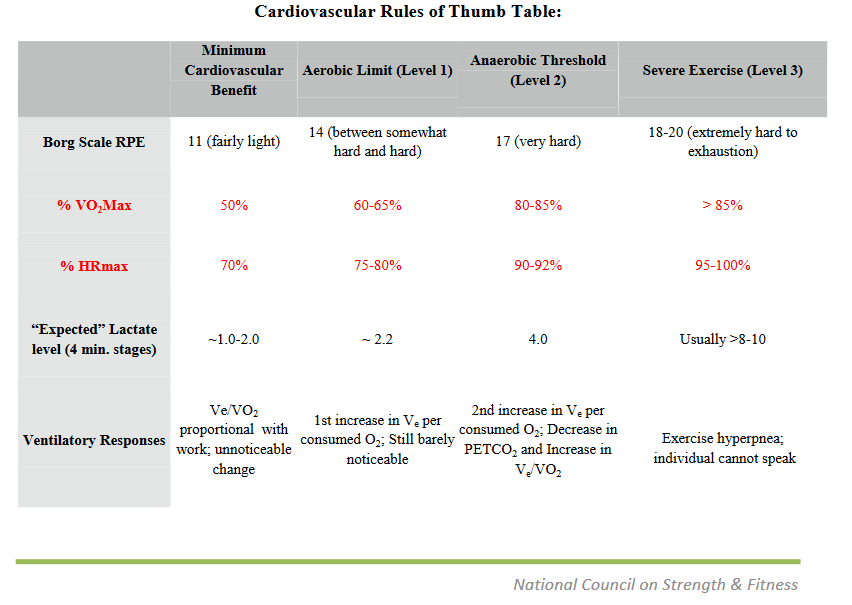On my 965, I allow the watch to auto-detect and set my maximum heart rate and lactate threshold. I have the heart rate zones set to be based on maximum heart rate. I note that the default heart rate zones are different for the general, non-sport, zones and the sport-specific running zones. The Garmin reference material addresses the idea that one can set the zones to one's preferences, but does not address what drives the defaults. I'm wondering why the defaults for these two settings are different. Any insights would be appreciated.
Here are the default settings:
- Zone 5
- General: 93% - 100%
- Running: 90% - 100%
- Zone 4
- General: 85% - 93%
- Running: 80% - 90%
- Zone 3
- General: 60% - 85%
- Running: 70% - 80%
- Zone 2
- General: 51% - 60%
- Running: 60% - 70%
- Zone 1
- General: 43% - 51%
- Running: 50% - 60%




